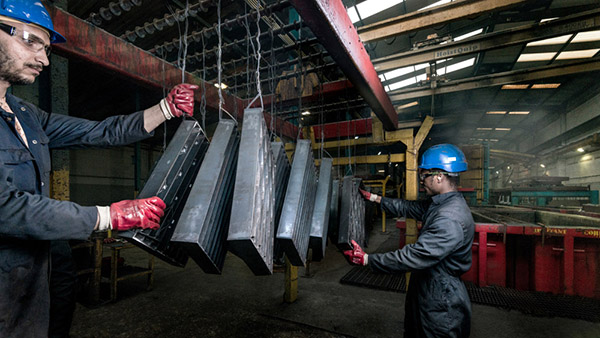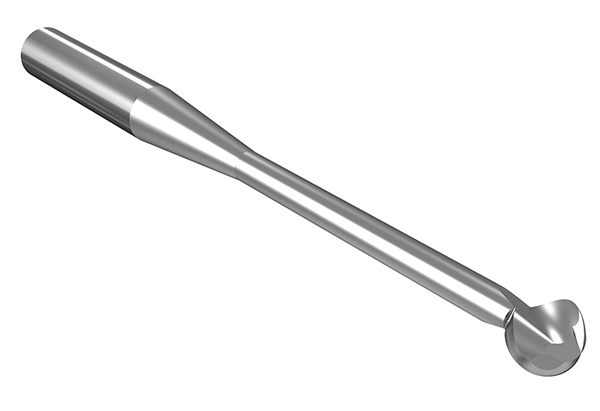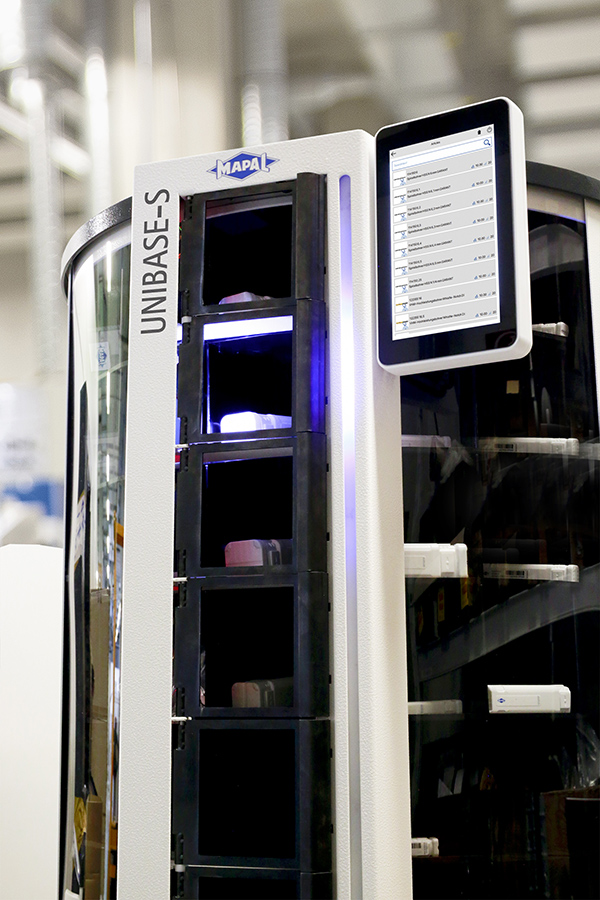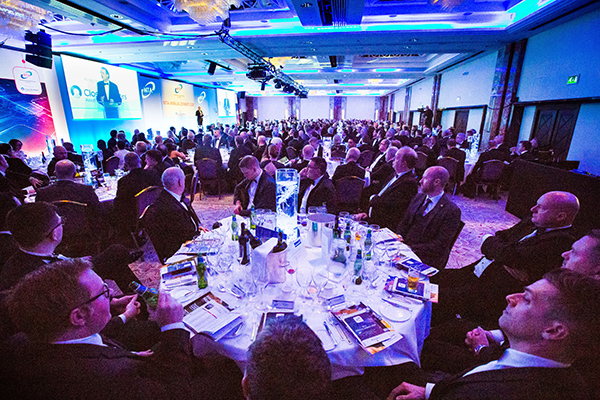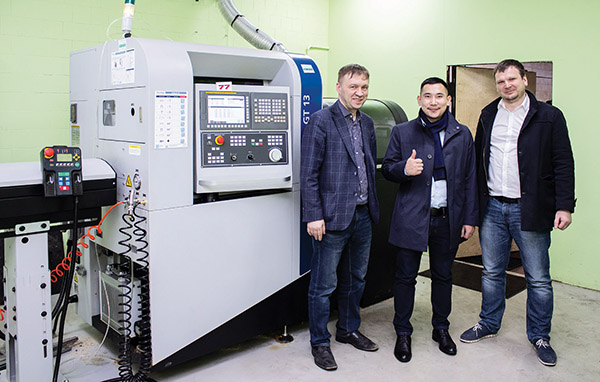The ‘Infinite Possibilities’ portfolio has been expanded by Quickgrind with the arrival of the Orbis lollipop cutter range.

Across its business, Quickgrind is focused on the supply of products tailored to the demands of end users, hence the Infinite Possibilities branding. An example is the newly developed Orbis series of lollipop end-milling cutters. Non-standard sizes and geometries are available to manufacturers on very short delivery times and at “near-standard” prices, says the company.
Developed for the five-axis machining of intricate components, the solid-carbide Orbis range enables access to difficult-to-reach features and surfaces. Furthermore, the Orbis series allows manufacturers to use a single tool to follow challenging tool paths and component forms.
Orbis cutters are available with two, three, four, six or eight flutes, with a complete variety of lollipop and shank diameters, overall lengths and a wide range of reduced neck diameters. In addition, the spherical ball profile and unconventional geometry enable the cutters to excel in terms of tool life, machining speeds and feeds, and surface finish quality, says the company.
The tools are suitable for the fine finishing of irregular or uneven surfaces, as well as the daunting prospect of tube machining. This capability is credit to the carbide composition of the end mills and the UK-designed tool geometries that minimise vibration, even when reaching difficult-to-access surfaces.
Contributing further to the reduction in vibration and cutting forces, as well as improvements in tool life and productivity, are three geometry styles for alternate material types.
For further information www.quickgrind.com







